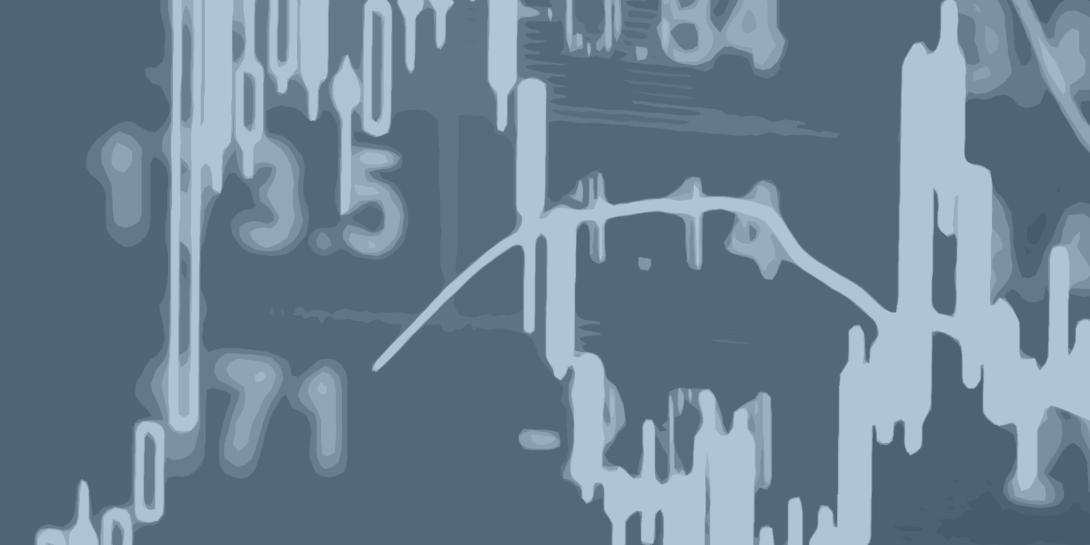Do you want to invest regularly in the stock market? If you have 1,000 euros to spare and want to profit from the whole scope of the market, not just from a single share, then there are options out there for you.
The best is known as an Exchange Traded Fund (ETF). An ETF is a type of investment that mirrors the development of a specific index (e.g. the DAX). This allows investors to invest their money in a variety of investment classes, such as shares, bonds, and commodities. ETFs can be bought or sold on the stock exchange at any time. That is why they are known as Exchange Traded Funds. There are two main categories of ETFs: physical and synthetic.
Physical vs. synthetic ETFs
What is the difference between physical and synthetic ETFs? It’s simple: physical ETFs involve actually purchasing the assets they represent, such as shares. Synthetic ETFs, on the other hand, mimic the results of an index. They do this by entering into special types of contracts known as swaps with other parties, instead of investing money directly into assets. These swaps allow a synthetic ETF to represent the exact performance of an index.
Advantages and disadvantages of synthetic ETFs
What does that mean for me, the investor? There are definite advantages to synthetic ETFs: they can represent niche indexes, for assets that can be hard to access via an exchange. In addition, synthetic ETFs track the performance of an index very precisely – stock market professionals say they have a very low ‘tracking error’. This precision comes from the fact that, unlike physical ETFs, there is no need to for synthetic ETFs to constantly buy and sell securities, which leads to transaction costs and increases the tracking error.
What are the disadvantages of synthetic ETFs? Synthetic ETFs are exposed to counterparty risk, meaning that there is a risk that the other party to the contract may cease to fulfil their side of the bargain. The risk is therefore not solely dependent on the actual value of the asset, it is also dependent on the counterparty. However, Europe has regulations designed to reduce investor’s risk. These include limiting the amount of the swap and requiring that the parties put up collateral, and that the amount of collateral be adjusted on a regular basis.
What type of investor are these ETFs best suited for?
A blanket statement on who should be buying these ETFs simply isn’t possible. However, it is very important that you understand the specific characteristics and risks of any ETF before making the decision to invest. In Europe, ETFs must have associated Key Information Documents. These, along with the sales prospectus, can provide a summary on the investment strategy of the fund, as well as any associated risks and costs.

